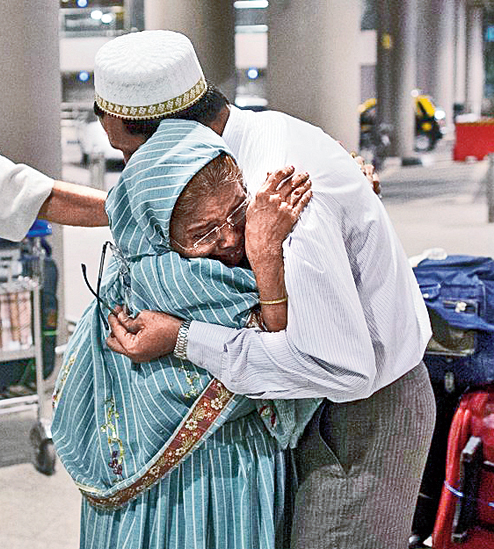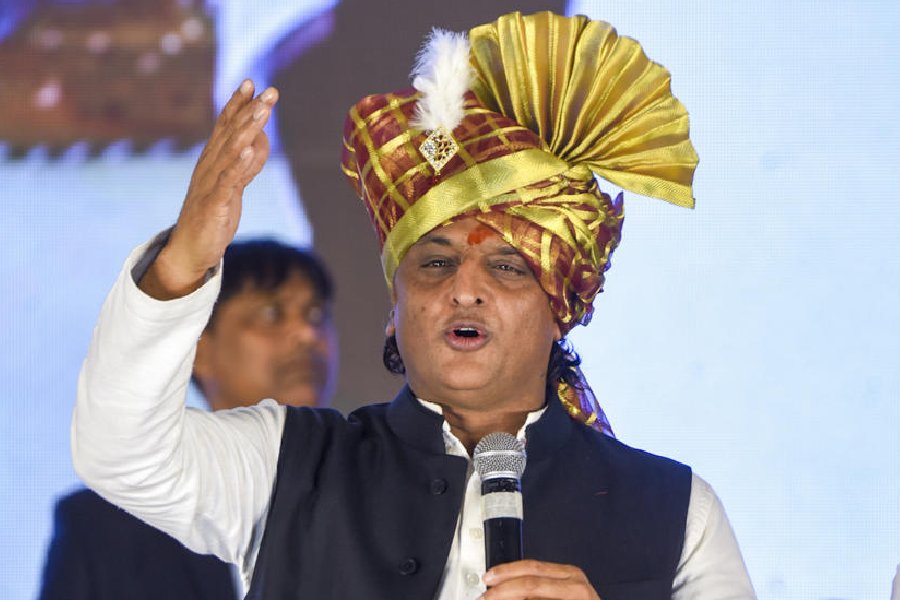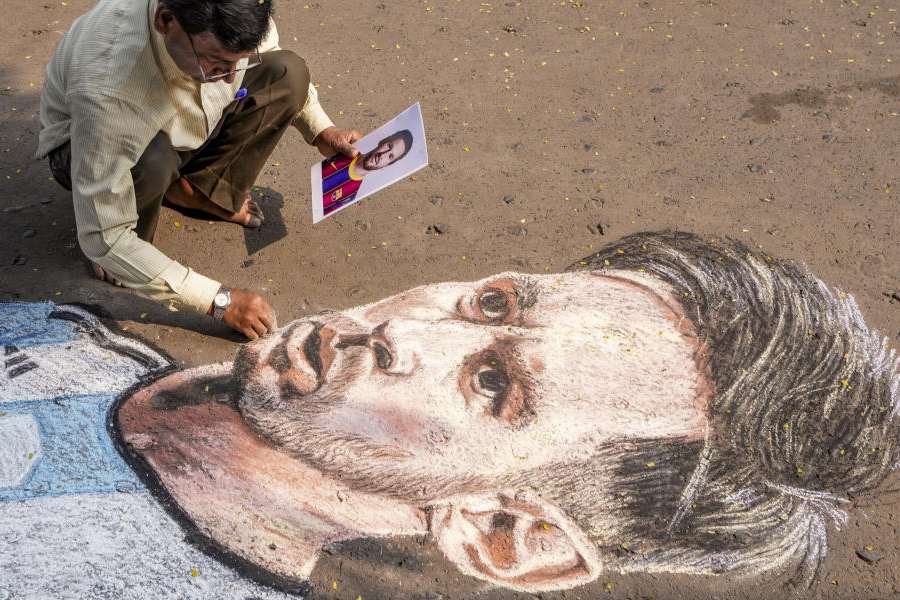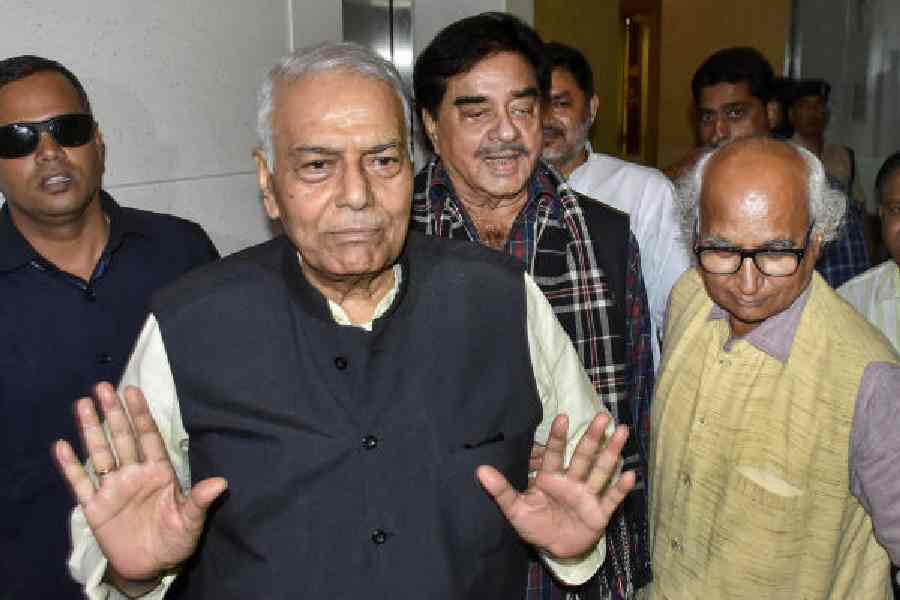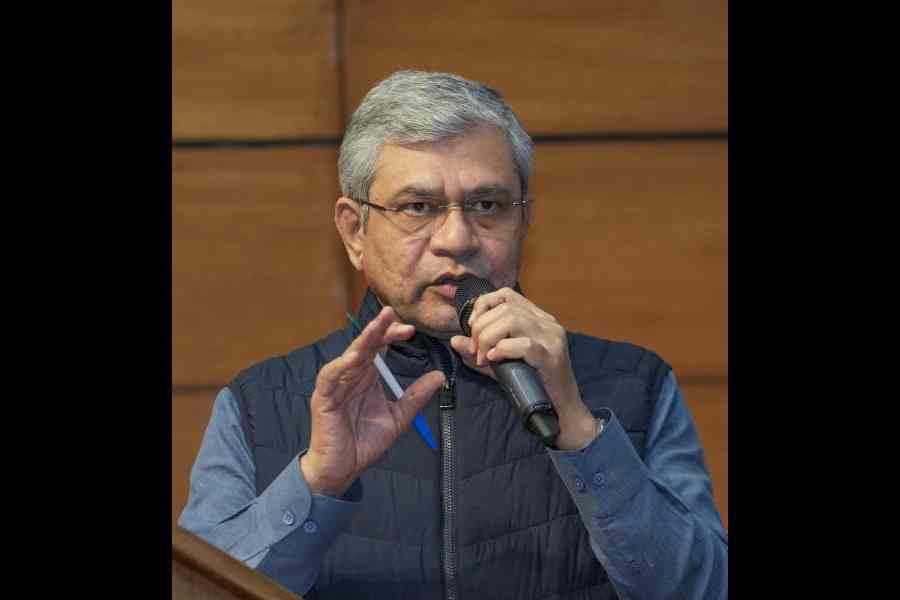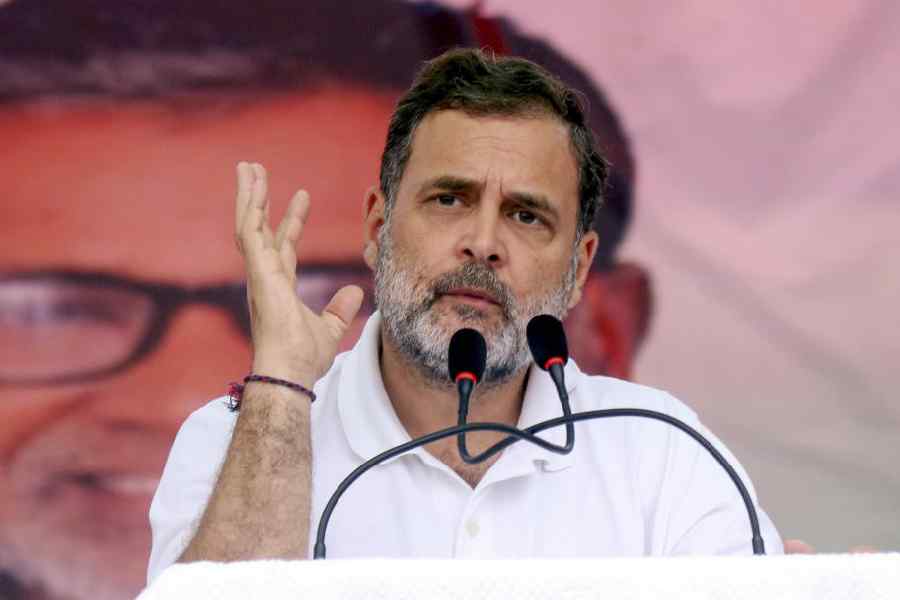
Indian Air Force Station Hindon, April 7: A "Skylord" from Group Captain D.S. Reddy's squadron is revving up now as we speak on the tarmac of this airbase just east of Delhi, ready to fly to Djibouti on the Horn of Africa in 30 minutes for what he expects will be one of the last sorties to evacuate Indians and others from Yemen.
In the Indian naval-air evacuation operation named "Raahat" in which India has rescued 3,300 citizens so far, plus hundreds from 23 other countries, Hindon is the home-base of the Indian Air Force effort.
"Many of those whom we have flown back were nervous, scared, tense, sleepless and stressed, but no, I cannot say we actually had people on our plane with external physical injuries like gunshot wounds so far," says Reddy.
The crew that is about to take flight now itself touched down here at 5.45 this morning.
The navy may have a different story to tell on the evacuees. Indian warships INS Sumitra, INS Mumbai and INS Tarkash have literally been sailing into a zone of fire in Yemen's Al Hudaydah, Aden and Al Mukallah, from which they have been extracting people.
Last night CNN celebrity anchor Wolf Blitzer asked a US official, "if the Indians can do it, why not the US?", while the screen ran a strip saying the US is depending on India to evacuate American citizens, too.
The No. 81 "Skylords" Squadron of the C-17 Globemaster III aircraft that is ferrying the evacuees out of the war zone originate and terminate here.
The C-17 Globemasters are the Indian Air Force's imports from the US. The squadron has 10 such planes, two of them now on their way to and from Djibouti on the Horn of Africa, across the Gulf of Aden from Yemen. A total of three from the squadron are flying in "Raahat".
"We returned from Jamnagar (Gujarat) where we had parked after ferrying evacuees from Djibouti to Mumbai just this morning, at first light, because of a technical snag," says Reddy. Mumbai does not have enough parking space.
The "technical snag" is classified as normal for the squadron. The blades of the jet engines' fans get "nicked" and the need to change them at an average of once every two sorties in the current operation make the aircraft return here. This is the longest operation the squadron has clocked so far.
The logs show that it does about 300 hours a month, or about 75 hours a week. Since "Op Raahat" began a week ago, it has already clocked 150 hours.
The C-17s fly from Hindon to Delhi or Jamnagar or Mumbai where the crew completes immigration formalities to exit the country (and re-enter). This evening's flight will hop to Delhi (called "Palam" in IAF terminology) because the airbase here usually shuts for the night for an airfield upgrade programme.
"Planning for this operation is actually quite elaborate," says the Air Officer Commanding the base, Air Commodore A Sabharwal. "The cockpit has to be armour-plated because we know we are flying in and out of war zone, but do not quite know who is friend and who is foe".
Truth to tell, India's national carrier, Air India, has flown in and out of the line of fire in this operation more than the Indian Air Force has.
Air India flights from Muscat in Oman actually landed in the Yemeni capital, Sanaa, took people on board, and hopped to Djibouti. These were A 320 and 321 commercial aircraft of the civil airline.
For reasons unexplained so far, Saudi Arabia, which has attacked the Houthi rebels in Yemen, assured India of a three-hour window each day at the Sanaa airport.
The Yemeni capital is overrun by Houthi rebels but Saudi Arabia was so far able to guarantee a modicum of security at its airport because it said it controlled the airspace. The Saudis have imposed a no-fly-zone over Yemen, otherwise.
The restrictions on flying military aircraft near or over Yemen are more severe than on civilian planes. Military aircraft may be capable of "mapping" what is on the ground with sophisticated sensors they have on board. And no side in a war wants its assets detected.
There are at least two possibilities why Indian civil aircraft have so far been able to land and take off from Sanaa: first, the airport there is in total control of Saudi Arabia and/or its proxies. Second, there is an understanding than civilian aircraft will not be fired upon.
That second possibility has been experienced once before by the IAF. During "Operation Cactus", the Indian intervention when Mahmoud Abdul Gayoom was deposed as president of the Maldives in the 1990s, India was assured that the usurpers were not in control of the airport at Male. Eventually, India landed special forces in Male that helped restore Gayoom to power.
There is one fundamental difference in Yemen, however. India is not overtly taking sides. "We take a circuitous route to avoid Yemen," says Reddy. "We fly over Somalia to Djibouti".
Unlike the Airbus aircraft of Air India that are flying in and out of Sanaa, the C-17 "Skylords" are military aircraft but not combat jets. They are "strategic air-lifters", equipped with self-defence measures.
Inside the cockpit of the plane that is about to take off, Squadron Leader S.K. Choudhary explains: "We have flares and counter-measures and the MAWS". MAWS is the acronym for "Missile Attack Warning System".
The C-17s fly from here to Djibouti and back without refuelling, their endurance is so high.
"Our challenges are in aircraft management, fatigue management, crew management," says Reddy, the commanding officer of the squadron. "But it is nice to absorb the appreciation of the people (evacuees)."
"This (the deployment of the Indian Air Force aircraft) is like a palliative, we are telling our citizens, look we are here and they like to see that we are there," says Group Captain P.A. Purohit, Chief Operations Officer at the Hindon Airbase.
The C-17s are flying with additional crew. While two pilots fly the plane, two rest and sleep behind the cockpit. They take turns resting and flying.

